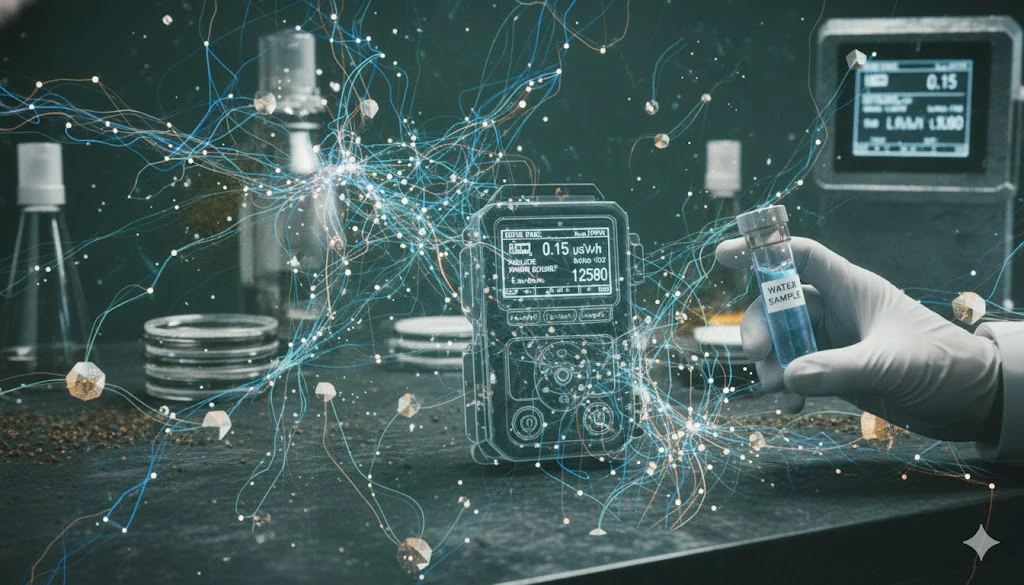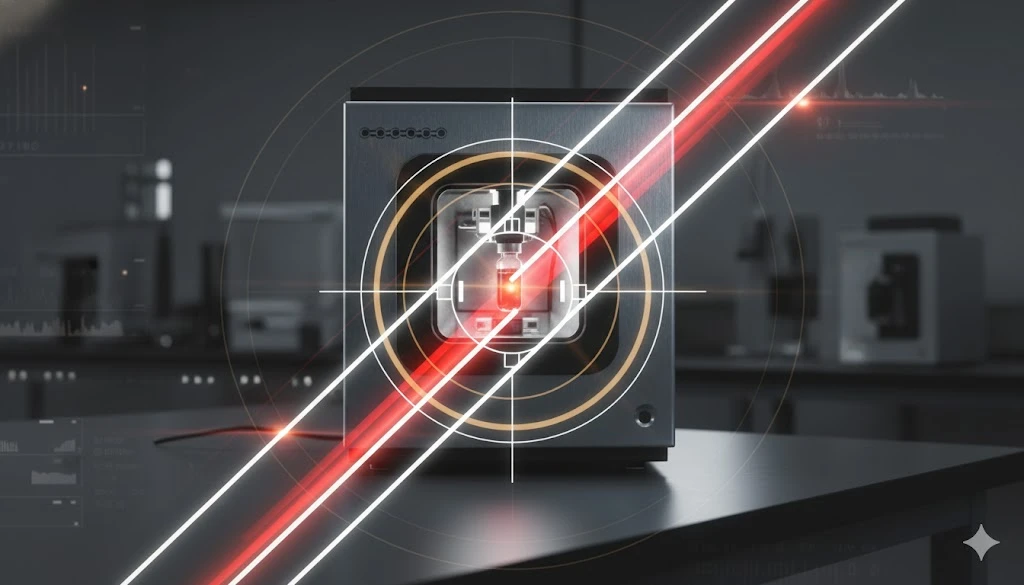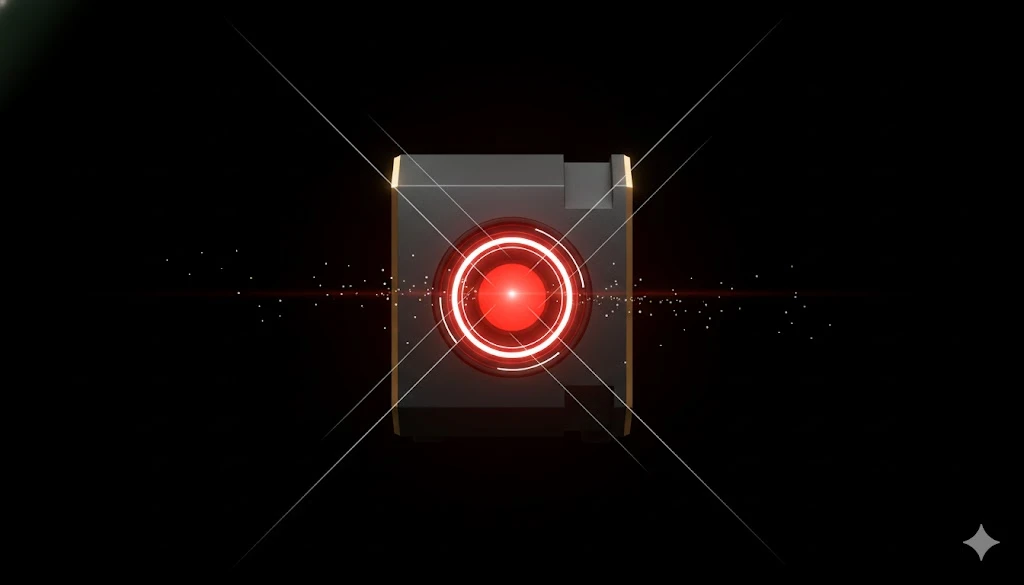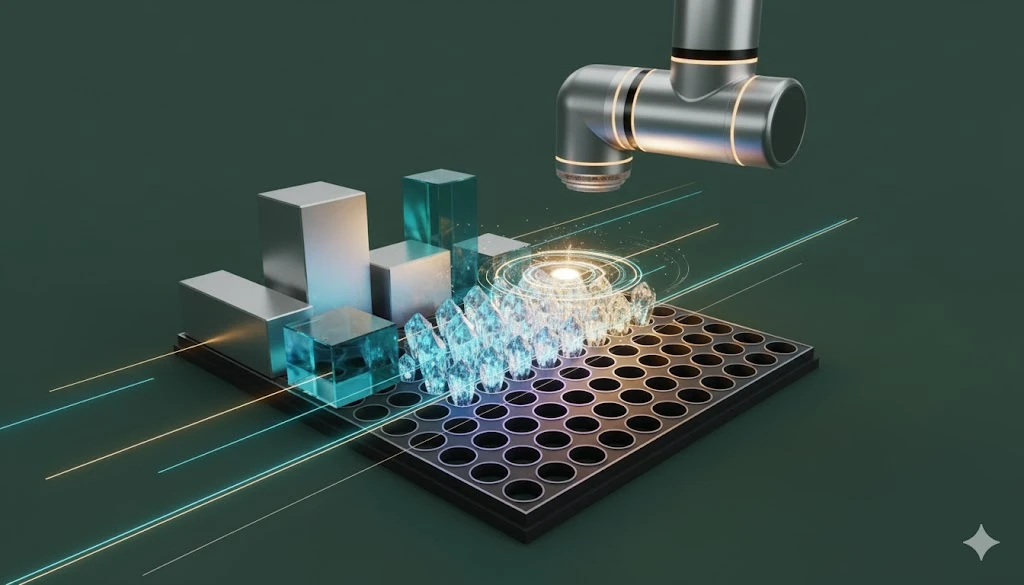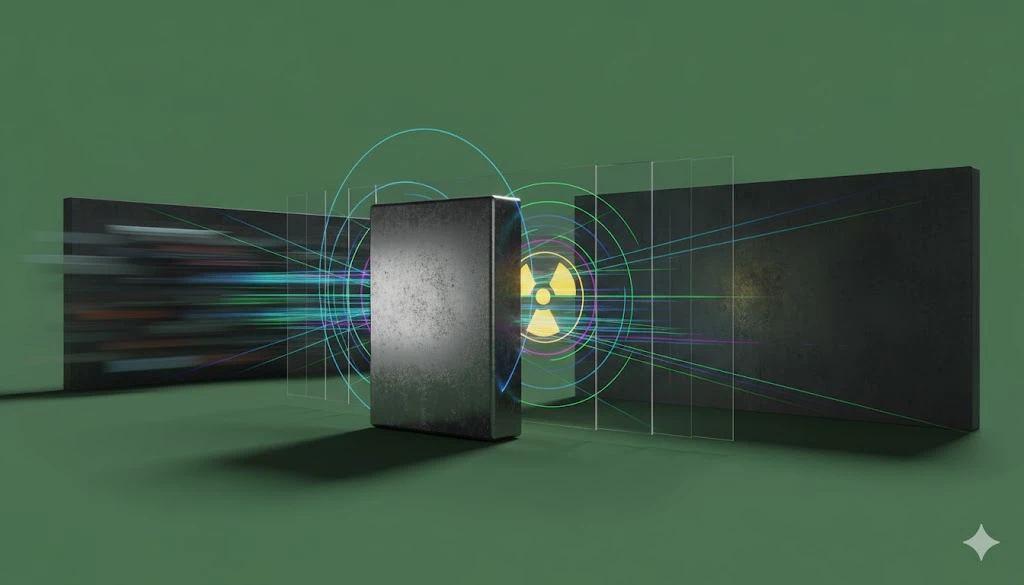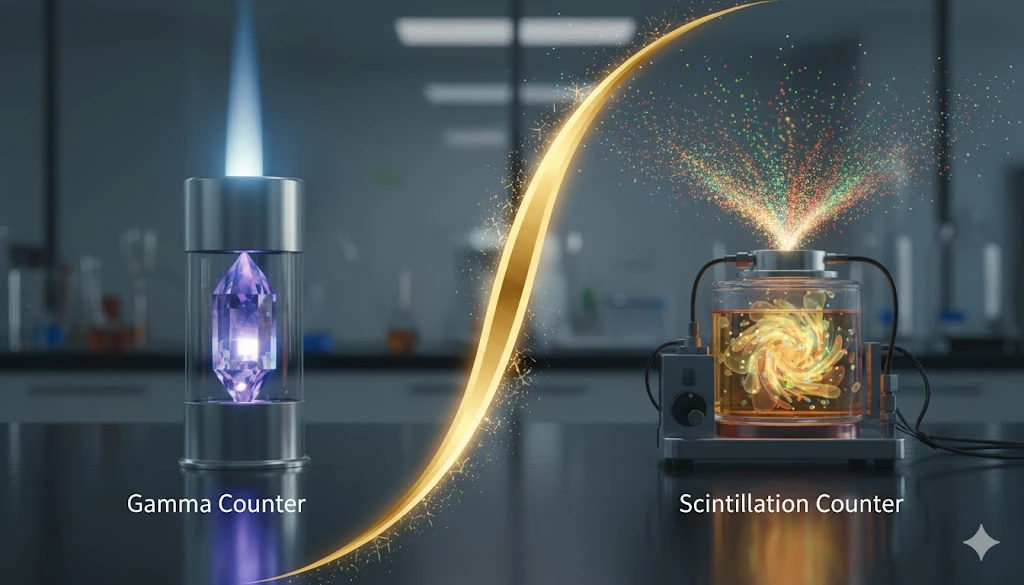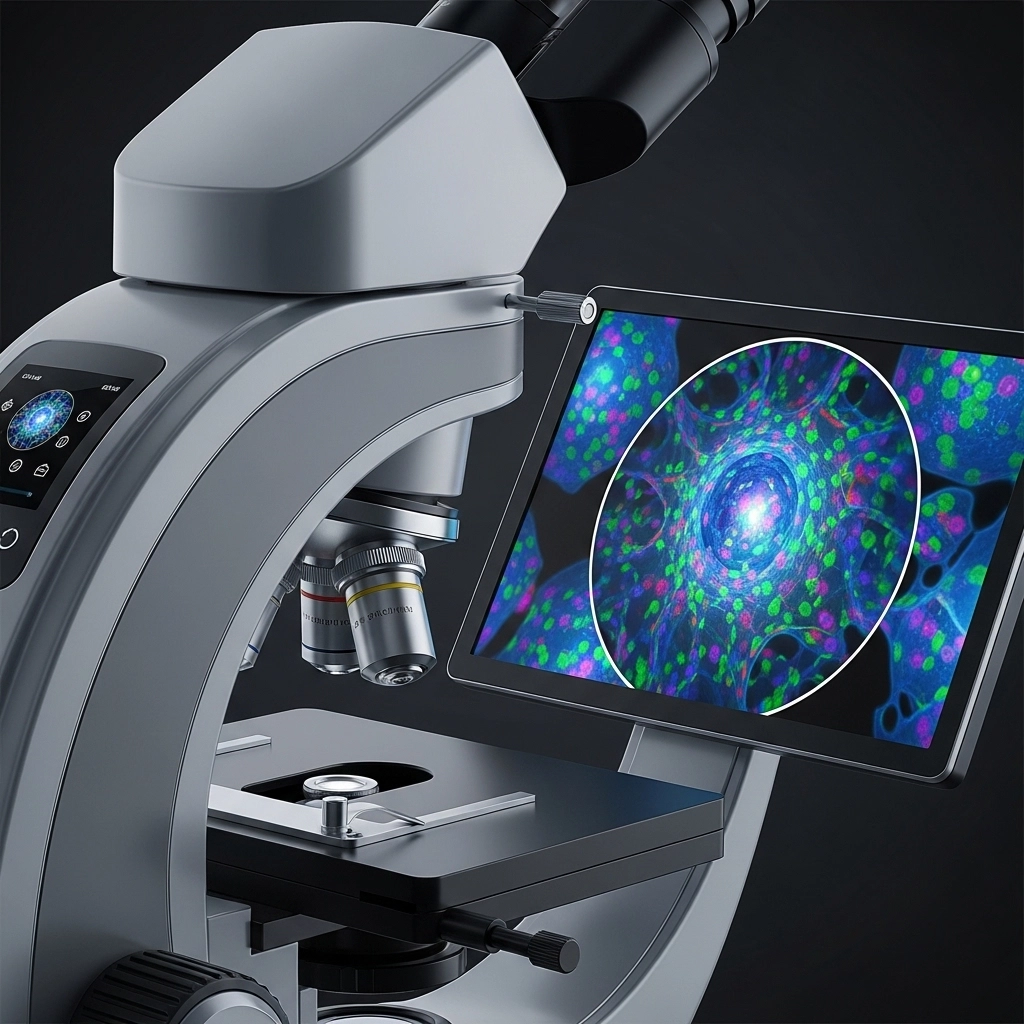Ultimate Guide to Modern Microscopes: Features, Configurations, and Add-Ons
ImageFX (2025)
Modern microscopes are intricate tools that blend precision mechanics with high-performance optics to support cutting-edge scientific research and diagnostics. Whether in an academic lab, research facility, or clinical pathology unit, choosing the right microscope and its components is critical to achieving optimal imaging results. This guide provides an updated overview of today's microscope systems, including popular configurations, illumination types, objective lenses, and the latest image capture and enhancement tools.
Key Microscope Configurations: Upright vs. Inverted
Microscopes come in various configurations to suit specific sample types and experimental conditions:
| Configuration | Description | Best For |
|---|---|---|
| Upright | Traditional design with objectives above the sample | Metallurgy, aquatic biology, cell cultures |
| Inverted | Objectives located below the stage, facing upward | Live-cell imaging, longer observation periods |
Why Choose an Inverted Microscope?
Supports natural specimen environments
Minimizes evaporation and improves gas exchange
Ideal for live-cell monitoring and time-lapse studies
Understanding Objective Lenses: The Heart of Image Clarity
The quality of a microscope's objective lenses directly impacts resolution, magnification range, and application specificity.
Types of Objectives:
Interchangeable Turret Objectives: Provide multiple magnifications on a single device
Fixed Objectives: Dedicated for specific tasks like cell counting
Tip: Objectives are typically matched to the microscope design. Changing them across models may compromise performance.
| Feature | Interchangeable | Fixed |
| Flexibility | High | Low |
| Upgrade Needed? | No (turret allows switch) | Yes (device-specific) |
Illumination Systems: LED, Halogen, and Fluorescence
Lighting is essential for visibility and clarity in microscopic imaging. The type of illumination depends on the application:
Halogen Lamps: Traditional option with adjustable intensity
LEDs: Energy-efficient and cooler operation; ideal for long sessions
Uses excitation light to highlight fluorescent markers in specimens
Traditional Sources: Mercury-vapor or xenon arc lamps
Modern Choice: LED fluorescence sources – longer lifespan, customizable wavelengths
Specialized Lighting: Laser Microdissection
Integrates precision lasers for targeted excision of cells/tissues
Controlled via software-guided objectives
Essential for genomics and pathology applications
Advanced Imaging & Capture Devices
Image capture technology is vital for documentation, sharing, and analysis. Today's microscopes support:
Camera Options:
High-Resolution Sensors: For detailed imaging of cell structures
Cooled Cameras: Reduce image noise for long exposures
Color & Contrast Cameras: Optimize visual clarity
Connectivity: USB, Ethernet, and wireless options
Add-on Features:
Display to external monitors or tablets
Multi-user viewing systems (up to 20 stations)
Digital image sharing and cloud storage compatibility
Must-Have Microscope Add-ons & Accessories
Enhancing microscope functionality often requires add-ons tailored to experimental needs:
Popular Enhancements:
Immersion Systems: Automated oil or water delivery to boost resolution
Micro-Manipulators: For microinjection or electrophysiology
Modular Stands & Stages:
Large sample scanning
Temperature-controlled environments
Vibration isolation
Motorized movement and focus
Budget-Friendly Tip: Consider purchasing certified pre-owned microscopes and parts to reduce costs without sacrificing quality.
Choosing the Right Microscope for Your Application
Microscopes today are smarter, more flexible, and tailored for a wide range of scientific and medical applications. By understanding the key components—from objectives and illumination to imaging and accessories—you can build a setup that fits both your research needs and your budget.
Explore the full selection of new and used microscopes and parts at LabX.com.
FAQ
What is the difference between upright and inverted microscopes? Upright microscopes have the objectives above the specimen, ideal for solid or suspended samples. Inverted types are better for live-cell imaging from below.
Which light source is best for fluorescence microscopy? LEDs are now the preferred option due to their customizable wavelengths, lower heat output, and longer lifespan compared to mercury or xenon lamps.
Can microscope objectives be upgraded or swapped? Some microscopes allow turret-based interchangeable objectives, but many high-end models use dedicated lenses matched to the system.
Are used microscopes a good investment? Yes, reputable platforms like LabX offer quality-tested, used microscopes and accessories, making them ideal for labs on a budget.


